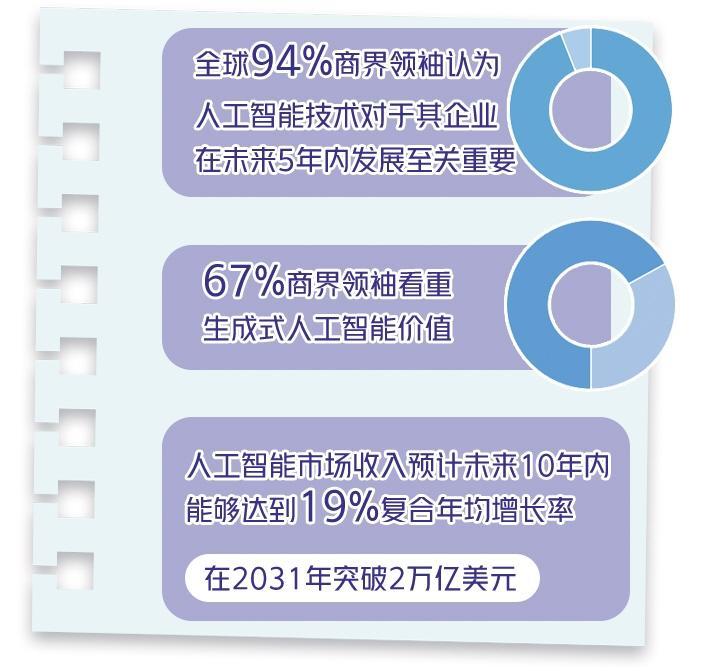现实世界对人工智能任务有许多挑战。其中一个挑战是要求机器能够识别并快速学习他们以前从未见过的新物体。无论是在杂货店识别新产品的机器人,还是与周围新路标或物体互动的自动驾驶汽车,一种对变化具有鲁棒性的人工智能都将在快速适应动态现实方面发挥巨大作用。这个定律证明了这种网络的识别错误率是如何随着所需可识别对象的数量而增加的
这一规律被发现控制着浅层和深层神经网络结构,表明浅层网络与大脑的网络相似,可以模仿深层网络的功能。浅宽的建筑可以和深窄的建筑一样出色,就像宽的低层建筑可以容纳与窄摩天大楼相同数量的居民一样
减少人工智能系统的延迟对实时决策过程有着深远的影响。此外,本研究中引入的缩放定律对于标签数量是动态的学习场景至关重要
The new law, known as scaling law, was revealed in a study published today in Physica A: Statistical Mechanics and its Applications by a team of researchers led by Prof. Ido Kanter from Bar-Ilan University's Department of Physics and Gonda (Goldschmied) Multidisciplinary Brain Research Center.
Ella Koresh, an undergraduate student and a key contributor to the research, highlights the practical implications of this finding. "This is a significant advancement because one of the most critical aspects of deep learning is latency—the time it takes for the network to process and identify an object. As networks become deeper latency increases, leading to delays in the model's response, while shallow brain-inspired networks have lower latency and faster response," she explains.
Reducing the latency of AI systems holds profound implications on real-time decision-making processes. In addition, the scaling law introduced in this research is vital for learning scenarios where the number of labels is dynamic.
想要了解更多关于脑机接口技术的内容,请关注脑机网,我们将定期发布最新的研究成果和应用案例,让您第一时间了解脑机接口技术的最新进展。



